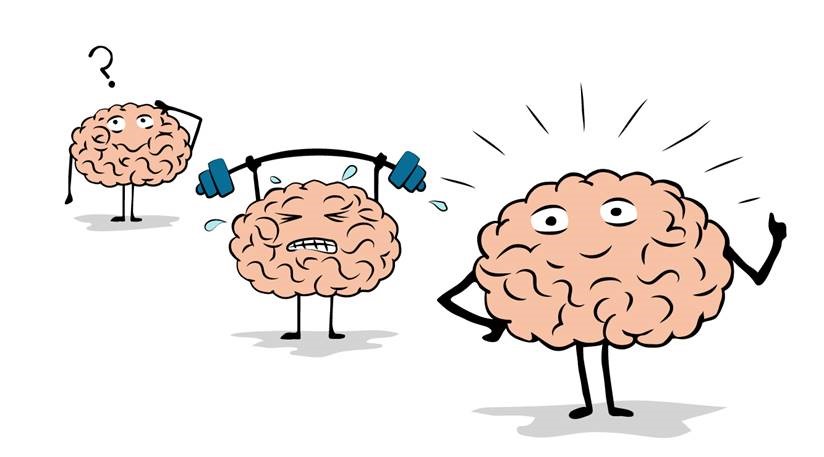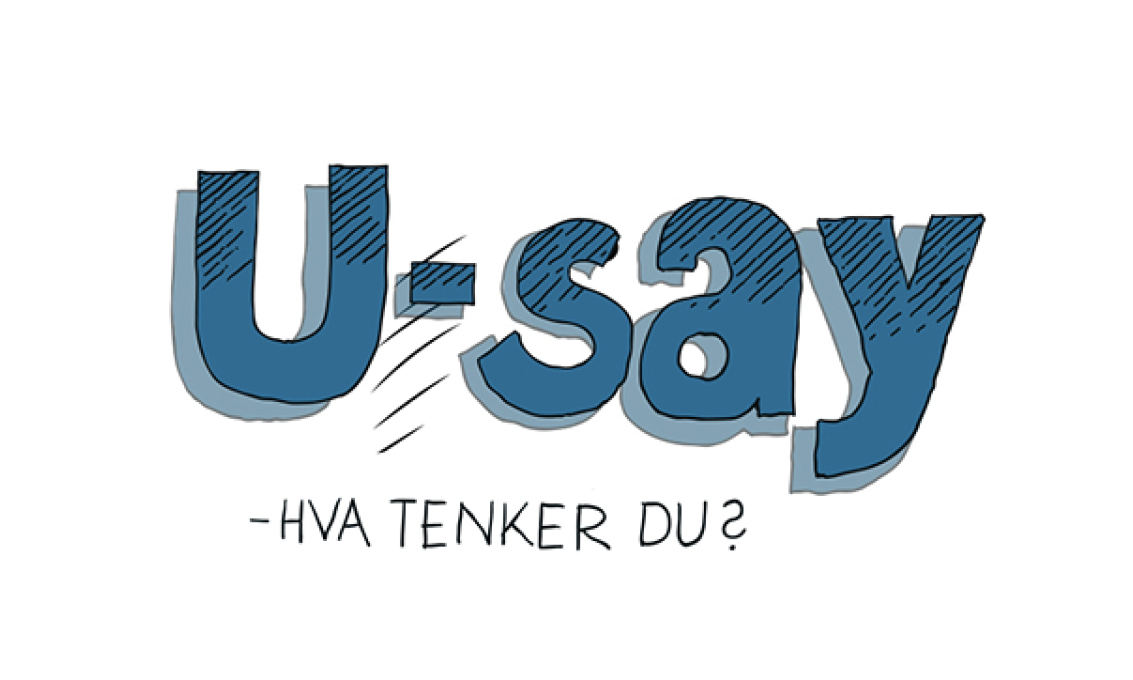Inspired by the growth mindset research in psychology, this project hypothesize that there is systematic under-performance in the Norwegian education system due to cultural conditions.

Location: Rogaland and Akershus, Norway
Sample: 10074 youths in 609 classes 57 schools
Timeline: 2017 to 2024
Target Group: First-year high school students
Outcomes of Interest: Academic achievement, high school completion, course selection, school absence.
Intervention: Online computer program that communicates the growth mindset message to first year high school students. The program teaches students about research in neuroscience that demonstrate the brain’s potential to grow and change.
Data: Grades and absence in 10th grade, and grades, course selection, completion and absence in high school from county registries. Survey data collected by the U-say computer program. Registry data from Statistics Norway on family background
Principal Investigator: Mari Rege
Investigators: Mari Rege, Ingeborg Foldøy Solli, Elin Svensen, May Linn Auestad, Eric Bettinger, David Yeager, Sten Ludvigsen
Funders: The Research Council of Norway,
Policy Issue
Work places are becoming increasingly knowledge intensive with rapid developments in computer technology and automation. Job descriptions are constantly changing and employees need to be constant learners. As such, education and competencies for lifelong learning is becoming increasingly important for labor market participation, and for the productivity of the economy. With the labor market’s increasing need of learning competencies, it is of great concern that many youths in Norway do not complete high school education or graduate from high school with very low skills.
Inspired by the growth mindset research in psychology, this project hypothesize that there is systematic underperformance in the Norwegian education system due to cultural conditions; many children are socialized into a fixed mindset, believing their intelligence or talents are fixed traits. These believes lead them to give up easily when facing challenges. This is in contrast to students with more of a growth mindset, who believe that their abilities can be developed through dedication and hard work. Unsurprisingly, holding a growth mindset correlates with better learning and higher grades over time, compared to holding a fixed mindset. Moreover, there is substantial evidence suggesting that parents and teachers socialize children’s mindsets through everyday communication.
Context
The participants in our experiment are Norwegian first year high school students in the Rogaland and Akershus counties. In Norway students start high school around age 16 after ten years of compulsory schooling similar for everybody (primary and middle school). A student can apply to any high school in her county. When applying a student has to decide whether to enroll into vocational track, which leads directly to employment, or into academic track, which prepares students to attend college after high school completion. Students rank three desired choices, and acceptance is based on students’ GPA from middle school. All students are guaranteed acceptance into a high school in the county. Norwegian high school typically last three to four years depending on the specific program. Only 70 percent of students complete high school within five years. Despite many education reforms and projects to increase high school completion rates, completion rates remain low. So far, however, there has been no systematic efforts aimed at fostering a growth mindset.
Intervention
Our intervention is a web based computer program, U-say, designed to foster a growth mindset. It has two sessions three weeks apart, each lasting about 40 minutes, which the students work on during school hours. Based on protocols from psychology, U-say communicates the growth mindset to students via reading and writing exercises on the U-say website. It teaches students about research in neuroscience that demonstrates the brain’s potential to grow and change. It helps the students understand that if you get confused or stumble, it does not mean you are “dumb”; it is by coping with difficulty and confusion, you can grow new connections in your brain. To communicate this message U-say uses a metaphor, which teaches the students to think of their brains as muscles that get stronger as they exercise them.
Experimental Design
We investigate effects of the growth mindset intervention in an RCT with all first year high school students in the Rogaland and Akershus counties. As students log on to U-say, they are randomized by the web server to the growth mindset condition or the control condition. The control condition is designed to be parallel to the treatment activity; Students learn about the brain and answer reflective questions. However, they do not learn about the brain’s malleability. Instead, they learn about basic brain functions and their localization. The experimental conditions are designed to look very similar to discourage students from comparing their materials.
We vary likelihood of treatment across classrooms (20, 50 or 80 percent). To do this we use block randomization, where blocks consist of classes within the same education program at the same school. This allows us to investigate peer effects: Friends may talk to each other about the growth mindset intervention. Then the treatment of a treated individual may be reinforced through treated friends, and a non-treated student may be indirectly treated through his or her treated peers.
Student receive the treatment at the beginning of the school year. We investigate treatment impact ongrades, class completion, course selection, school absence in first, second and third grade, in addition to high school completion.
Results and Policy Implications
The pilot study is published as:
Bettinger, E., Ludvigsen, S., Rege, M., Solli, I. F., & Yeager, D. (2018). Increasing perseverance in math: Evidence from a field experiment in Norway. Journal of Economic Behavior & Organization, 146, 1-15. Link
UiS Synapse Lab develops and investigates interventions for promoting motivation and learning in education and work life. The fields of the most active researchers in the Lab are education, economics of education, labor economics, psychology and public health. In most of our research projects, we work across disciplines.
